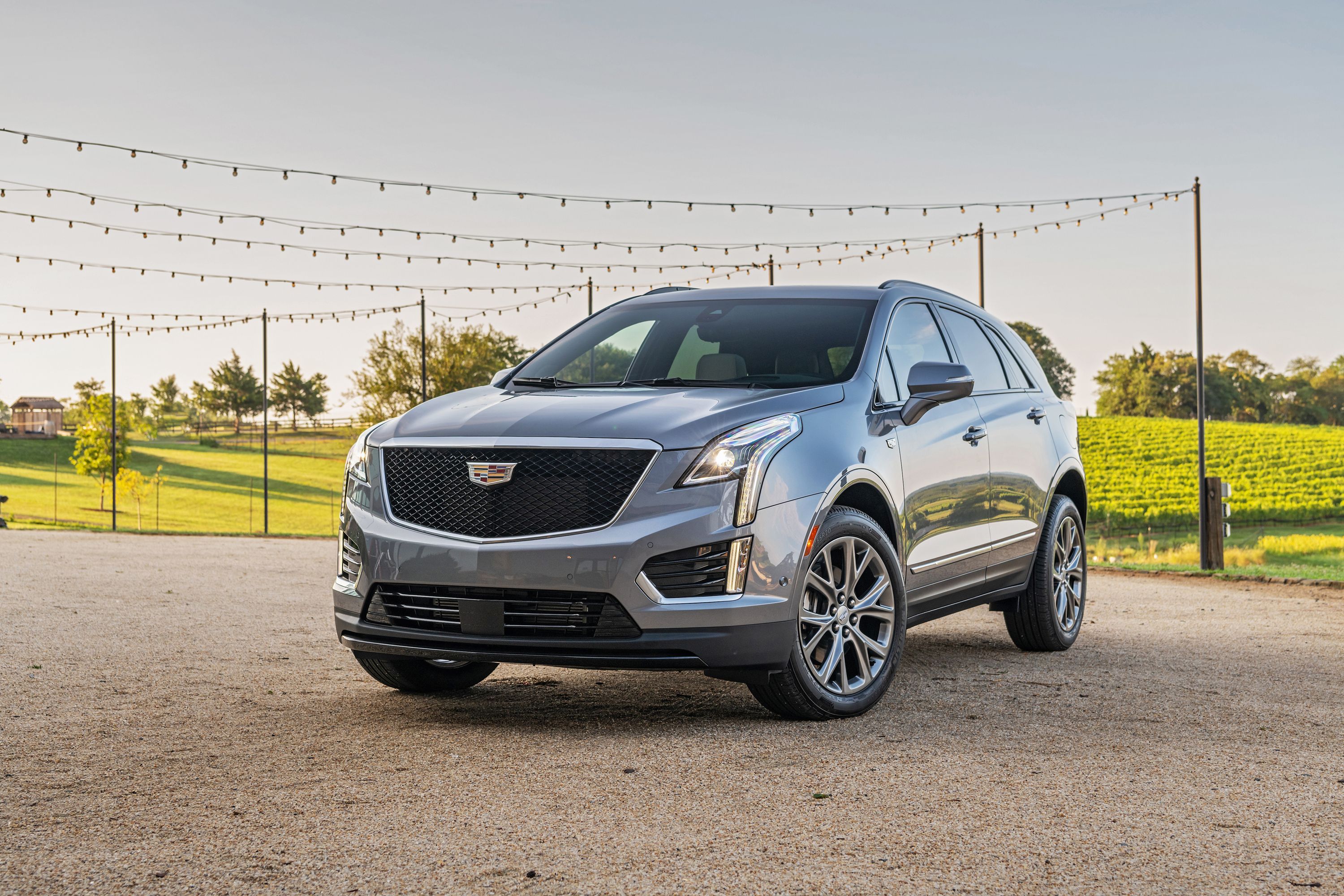
GM's premium Cadillac brand could transition to one that only sells battery-electric vehicles by the year 2030, says Cadillac President Steve Carlisle, provided that there is adequate demand. Thanks to GM's large forthcoming investments into electrification, Cadillac will be in a position to make the leap to pure-electric by 2030, but even if not, the majority of new Cadillacs sold by that point will be BEVs.
Bucking the trend followed by the rest of the industry, Cadillac has little interest in hybrids and hydrogen fuel-cell cars; Cadillac believes strongly that battery-electric powertrains are the way to go.
Critics will recall the Cadillac ELR - GM's up-market version of the Chevrolet Volt plug-in hybrid, and a car that hardly managed to take the luxury car market by storm, selling fewer than 3,000 units in all. But things are different now; speaking to Roadshowthis week, Cadillac's President joked that the end of the 2020s will be "the end of the ICE age," ICE being an acronym for Internal Combustion Engine.
Cadillac will take point on GM's push into pure-electric vehicles, as luxury car buyers are "demonstrably more open-minded to electric cars and automated driving." After all, those technologies are necessarily expensive, making them an easier sell to buyers with deep pocketbooks.
Cadillac's first BEV will be the electric crossover the brand teased last month (above), which could replace the mid-size Cadillac XT5. But in a move that's sure to please many, Cadillac's EV push will see the company eschewing its current alphanumeric naming scheme and returning to more traditional names; that shift may or may not start with this forthcoming electric crossover.
Cadillac's next substantial announcement regarding the new crossover will come during the first quarter of next year. It has an initial range goal of over 300 miles, and an eventual target of 400 or more miles of range.
